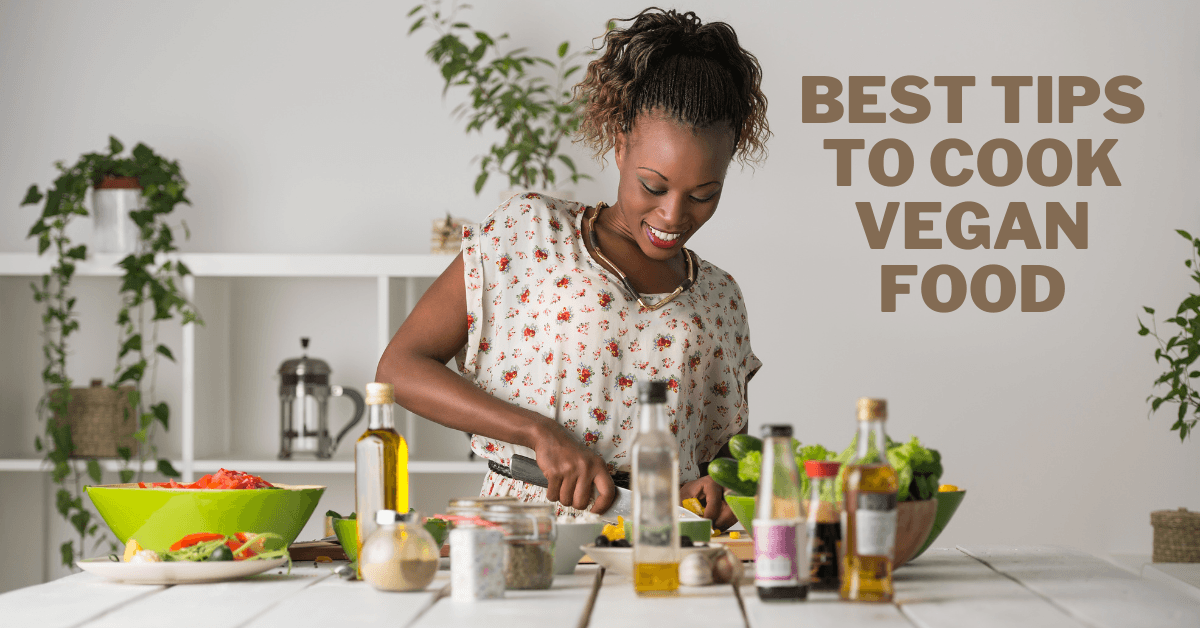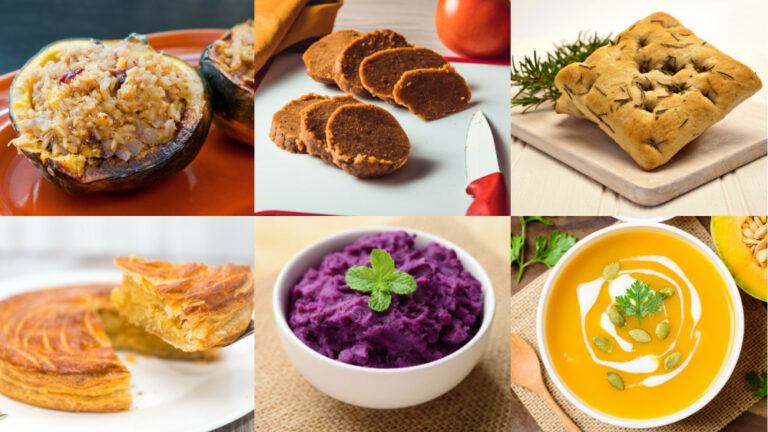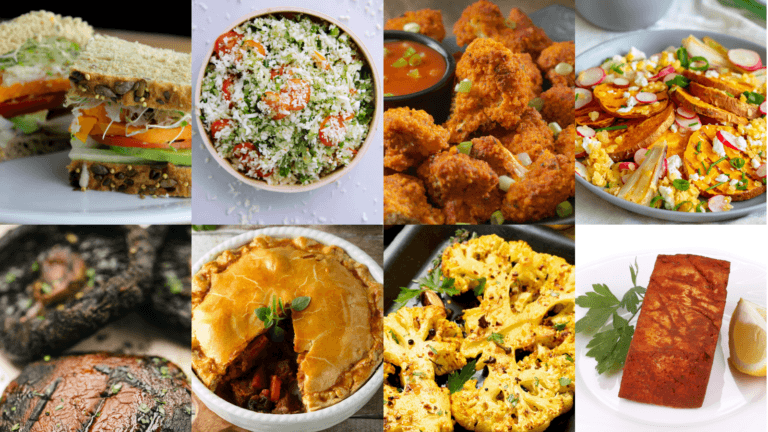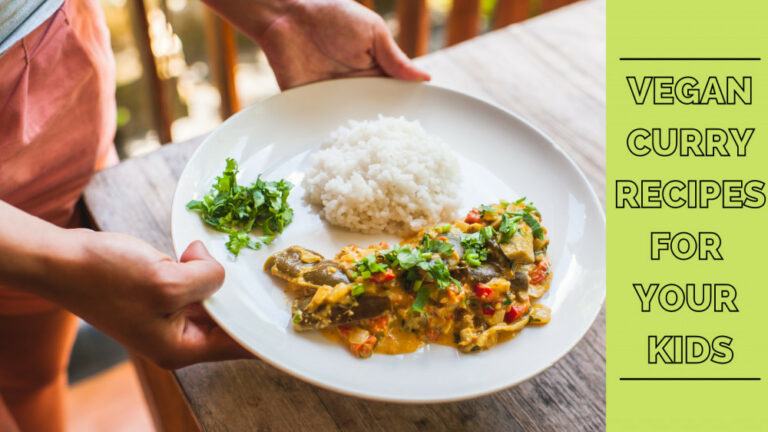Best Tips To Cook Vegan Food
Best Tips To Cook Vegan Food
Welcome to the vibrant and diverse world of vegan cuisine, where plant-based ingredients take center stage in creating delicious, nutritious, and satisfying meals.
Embark on your journey into vegan cuisine with these essential tips to cook vegan food that is flavourful and diverse and contributes to a vibrant and sustainable lifestyle.
Whether you're a seasoned vegan chef or just beginning to explore the possibilities of plant-based cooking, this article is your guide to mastering the art of vegan culinary delights.
If you're curious about incorporating more plant-based meals into your diet or fully embracing the vegan lifestyle, you're in for a treat.
Contrary to common misconceptions, vegan cooking is not about limitations but invites exploring a rich tapestry of flavours, textures, and culinary creativity.
This article will explore tips to help you confidently navigate the kitchen, whether whipping up a quick weeknight dinner or preparing an elaborate feast.
From understanding plant-based proteins to discovering the magic of vegan baking, we'll cover various topics to elevate your vegan culinary skills.
Prepare to experience a delectable trip that tantalizes your taste buds and feeds your body as you embrace the wealth of the plant kingdom.
Let's dive into the world of vegan cooking, where every meal is an opportunity to savour the goodness of nature's bounty.
Essential Vegan Cooking Ingredients
A well-curated vegan pantry is the key to unlocking a world of flavourful and nourishing plant-based dishes.
Legumes, including chickpeas, lentils, and black beans, stand as hearty foundations, providing essential protein and fiber for a well-rounded diet.
Pairing seamlessly with these legumes are whole grains such as quinoa, brown rice, and oats, adding both substance and diverse textures to your meals.
Nuts and seeds, such as flaxseeds, walnuts, chia seeds, and almonds, add a delicious crunch and a plethora of omega-3 fatty acids and good fats, enhancing the food's nutritional value and flavour.
No vegan pantry is complete without a variety of plant-based milk alternatives. Whether it's almond, soy, oat, or coconut milk, these dairy-free options serve as versatile ingredients for cooking, baking, and enjoying a comforting cup of coffee.
Elevating your dishes with a savoury and cheesy undertone, nutritional yeast is a must-have seasoning, also providing a rich source of vitamin B12—an essential nutrient often challenging to obtain in plant-based diets.
To further enhance your culinary creations, ensure your pantry is stocked with various herbs, spices, and condiments.
From the earthy warmth of cumin to the aromatic allure of garlic powder, these additions will add depth and complexity to your vegan repertoire.
With these essential vegan pantry staples at your disposal, you'll embark on a flavourful journey, crafting a diverse array of plant-based meals that are both satisfying and nutritionally robust.
Introducing The Best Tips To Cook Vegan Food
As we step into the heart of our kitchens, we are not just assembling ingredients but weaving a tapestry of flavours, textures, and vibrant nourishment.
Welcome to a space where pots and pans become the cauldrons of creativity, and every recipe is a spellbinding incantation of plant-based magic.
Here are some practical tips to help you cook delicious and satisfying vegan meals:
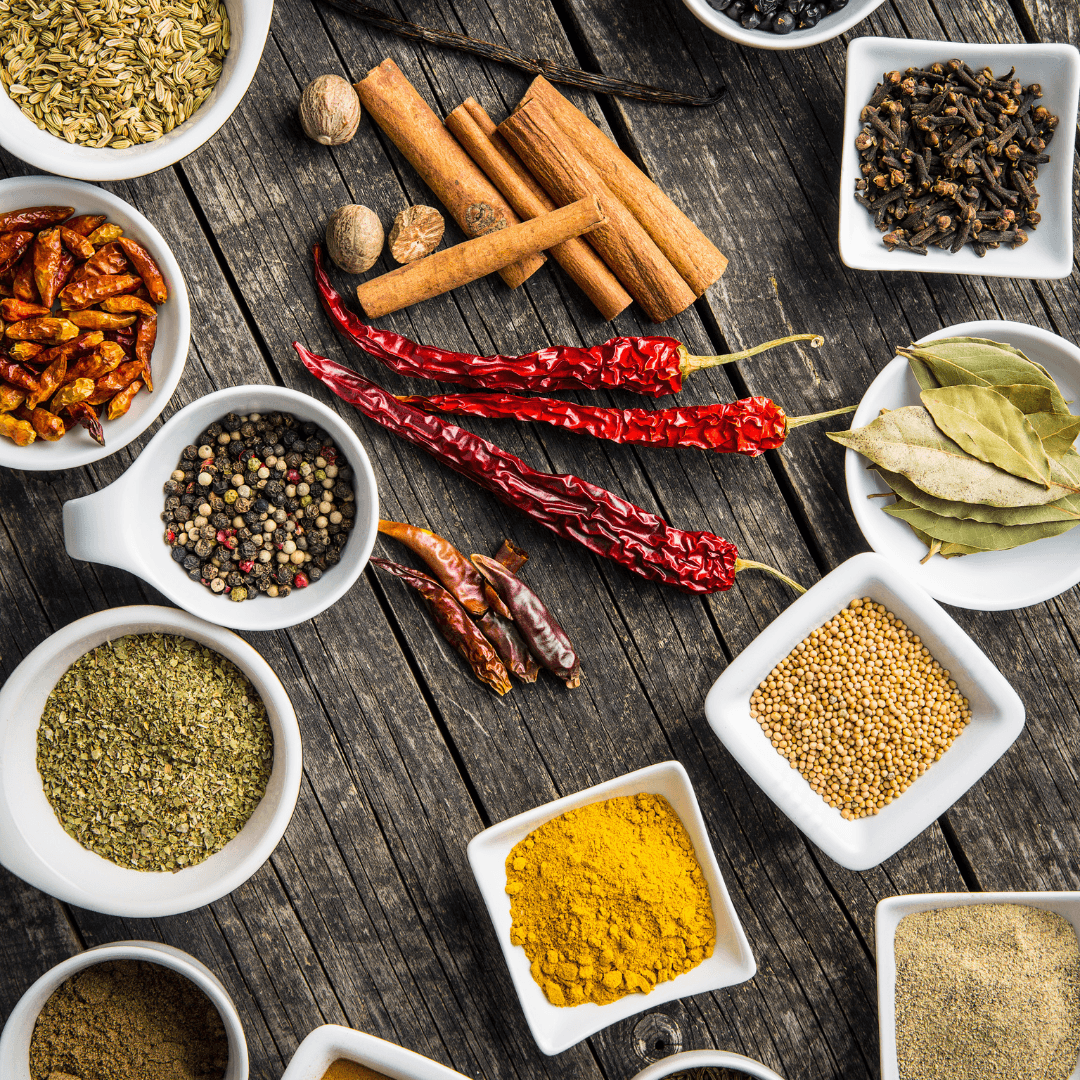
1. Use Flavourful Herbs And Spices
Using flavourful herbs and spices is a transformative strategy to enhance the taste of vegan dishes.
These aromatic ingredients add depth and complexity to the meal's sensory experience. Garlic, with its intense and savoury notes, infuses a rich umami essence, while ginger introduces a warm and zesty kick.
Cilantro and basil bring freshness and brightness, elevating the dish with their herbal nuances.
Thyme imparts earthy undertones, cumin adds warmth, and turmeric contributes a vibrant colour and anti-inflammatory properties. Paprika introduces a smoky, sweet dimension, enhancing the overall flavour profile.
Incorporating a variety of herbs and spices skillfully is one of the essential tips for cooking vegan food, transforming ordinary ingredients into flavourful culinary masterpieces that demonstrate the richness and complexity of plant-based cuisine.
The art lies in their contributions and the harmonious balance achieved when they dance together on the palate.
This medley of flavours compensates for the absence of animal products and celebrates the diverse and robust tastes that plant-based cuisine offers.
In the world of vegan cooking, herbs and spices become the alchemical agents that turn each dish into a sensory delight, proving that a well-seasoned plant-based meal can rival any traditional counterpart in terms of taste and complexity.
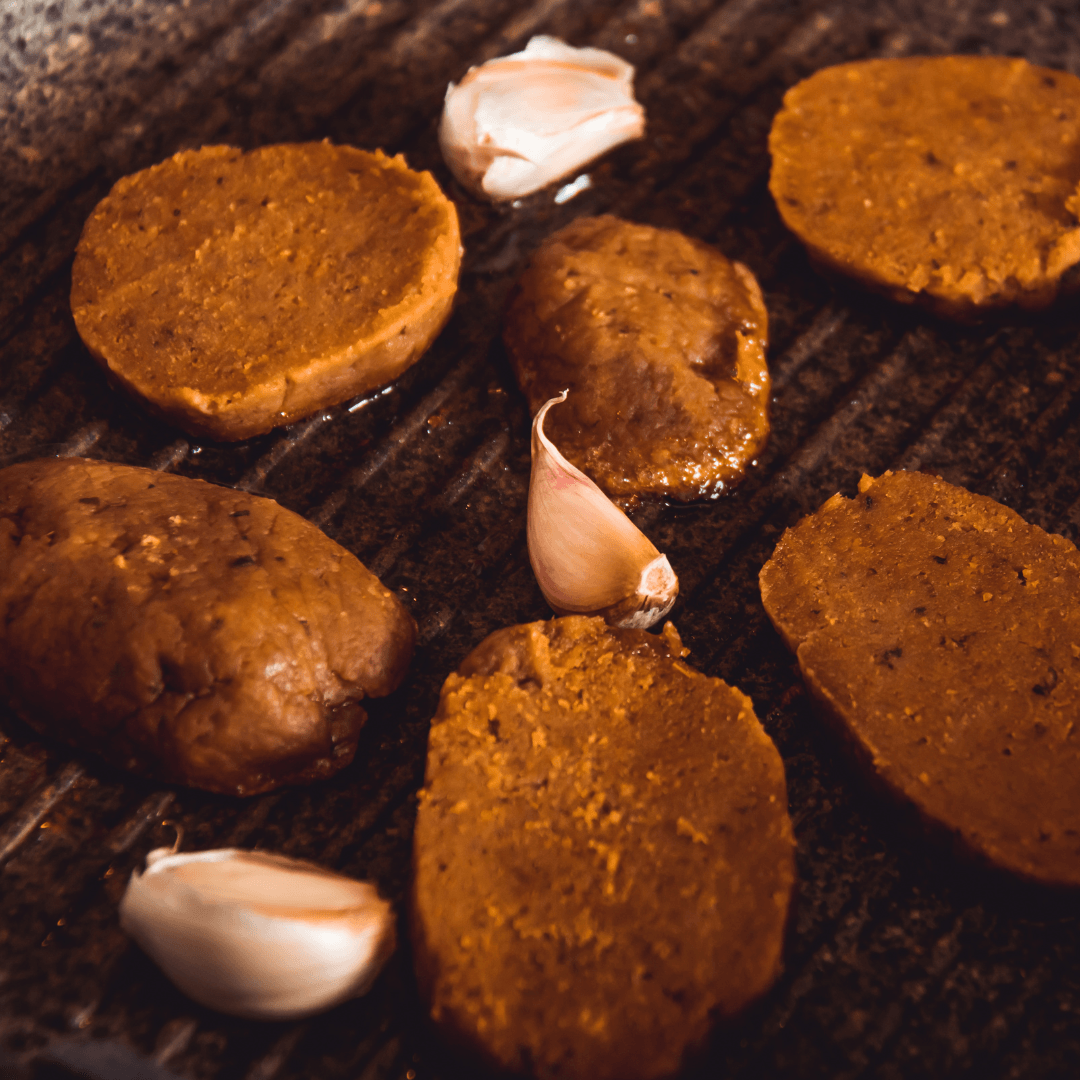
2. Experiment With Meat Alternatives
Exploring meat alternatives is a gateway to crafting hearty and satisfying vegan dishes that resonate with taste and texture.
Tofu, a versatile soy-based protein, adopts the flavours of surrounding ingredients and possesses a pleasingly adaptable consistency, making it suitable for various culinary applications.
Tempeh, another soy product, brings a nutty flavour and firm texture, providing a robust base for savoury creations.
Seitan, derived from wheat gluten, offers a chewy, meat-like quality, making it an ideal candidate for dishes that traditionally feature animal proteins.
Incorporating legumes such as lentils, chickpeas, and beans adds plant-based protein and a rich source of fiber and essential nutrients.
These alternatives not only cater to the nutritional needs of a vegan diet but also contribute to creating substantial, satisfying meals.
The beauty of experimenting with these diverse plant-based proteins lies in the opportunity to replicate familiar textures and tastes, offering a satisfying experience for those transitioning to or embracing a vegan lifestyle.
These meat alternatives serve as the building blocks for a diverse and flavourful array of dishes, demonstrating that plant-based eating can be both exciting and fulfilling.
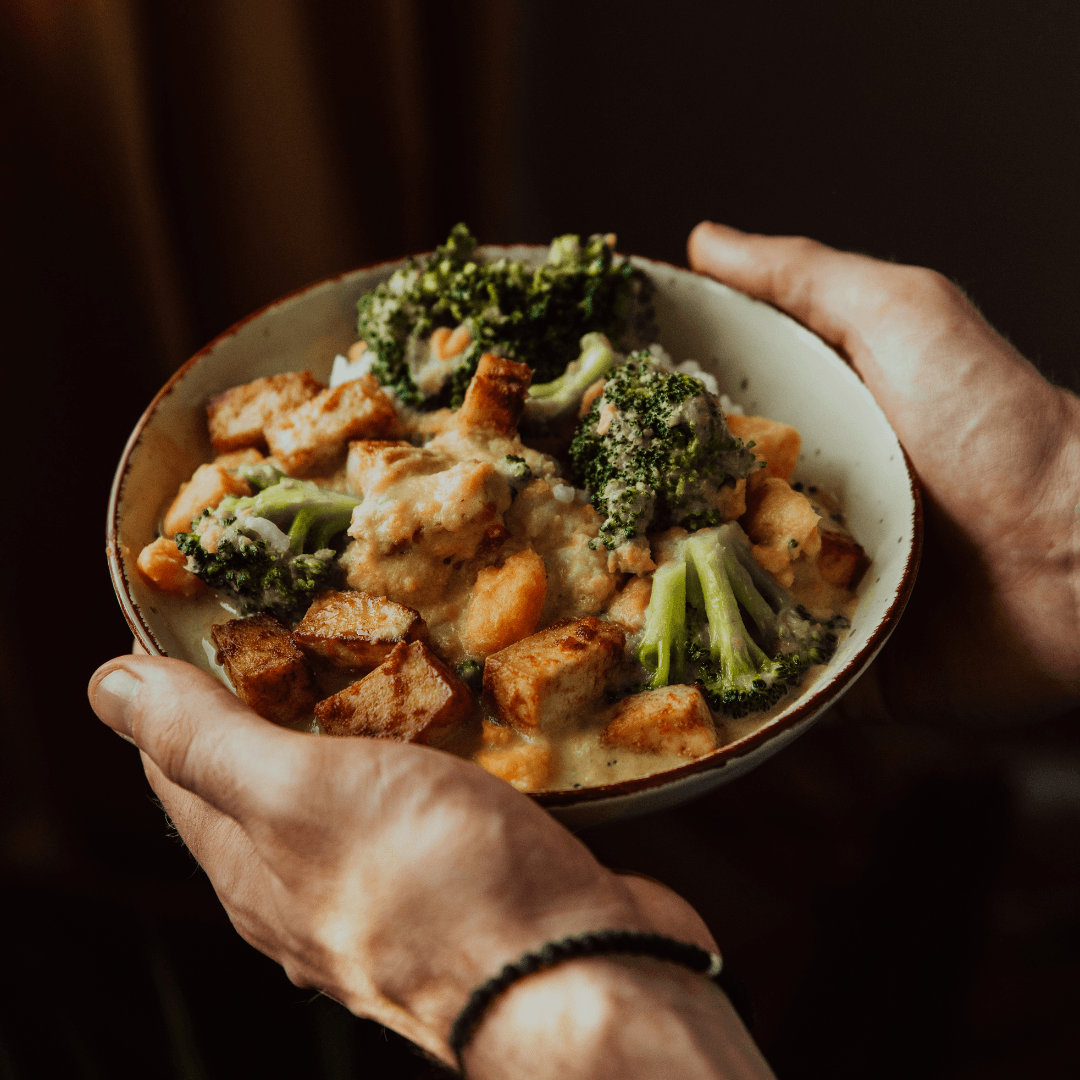
3. Learn To Cook Tofu Properly
Mastering the art of cooking tofu is pivotal in elevating its taste and texture, making it a staple in diverse vegan dishes.
Pressing tofu to eliminate excess water is crucial, as it allows the tofu to absorb flavours more effectively and attain a firmer, meatier consistency.
This process transforms tofu from a bland block into a versatile canvas ready to embrace the flavours of accompanying ingredients.
Additionally, experimenting with various cooking methods further refines the texture, opening culinary possibilities.
Baking imparts a chewy exterior and tender inside, ideal for incorporating into casseroles or salads.
Sautéing results in a crispy outer layer, perfect for stir-fries and wraps, while grilling lends a smoky essence, enhancing tofu's overall appeal.
The versatility of tofu lies not just in its neutral taste but in its ability to adapt to different culinary techniques.
By understanding and implementing these methods, one can harness tofu's chameleon-like qualities, creating dishes that defy expectations and showcase the incredible range of textures that plant-based cooking can achieve.
Whether adding it to curries, sandwiches, or bowls, properly cooked tofu stands as a testament to the exciting and delectable possibilities within vegan cuisine.
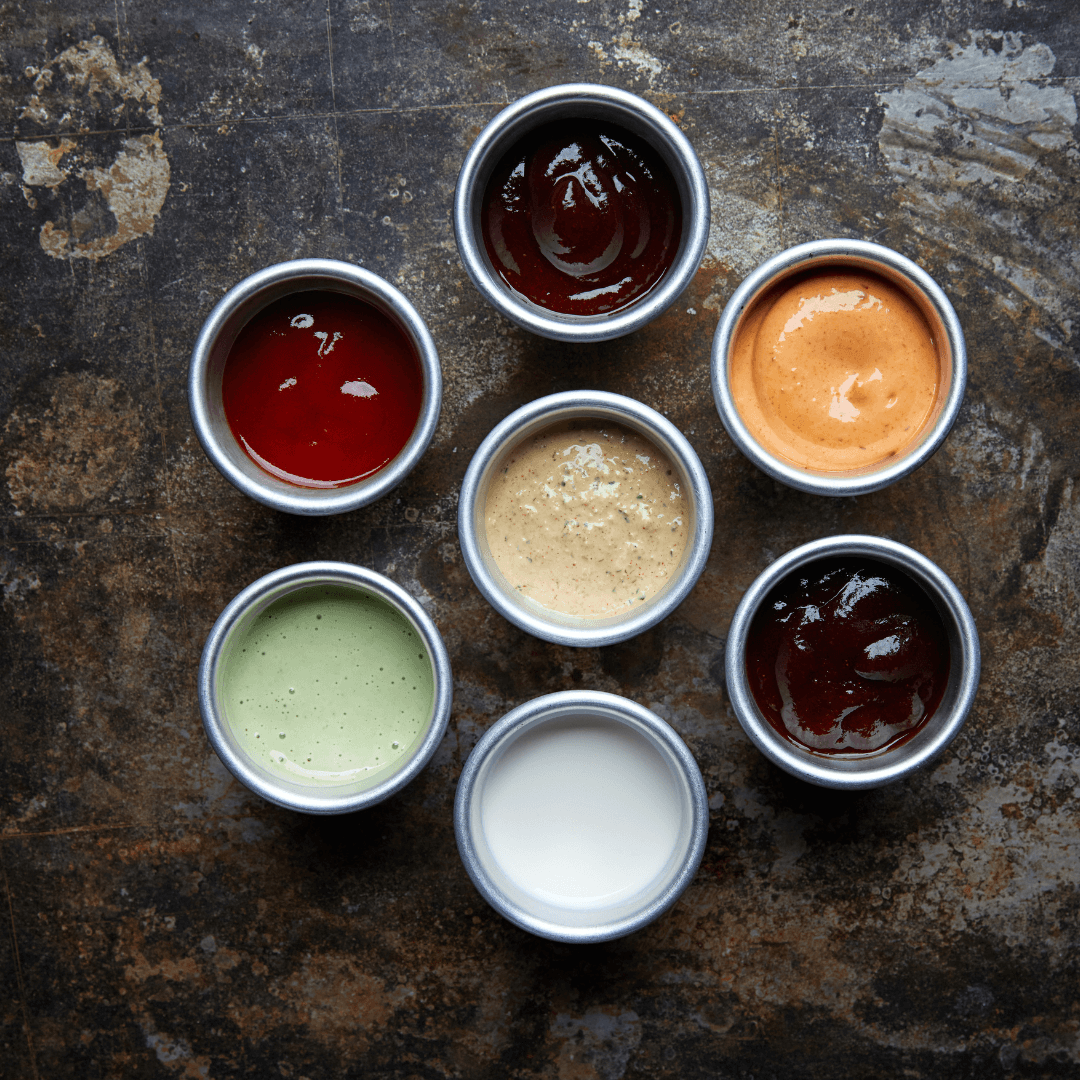
4. Make Your Sauces And Dressings
Crafting your sauces and dressings is a gateway to elevating the flavours of vegan dishes, offering a personalized touch that can transform a simple meal into a culinary delight.
By experimenting with ingredients like tahini, the velvety richness adds a creamy texture, enhancing salads or Buddha bowls.
Cashews, when blended, create a luscious base for sauces, imparting a luxurious and nutty undertone.
Mustard provides a tangy kick, while soy sauce contributes depth and umami, creating a perfect harmony of savoury notes.
Citrus, from lemons, limes, oranges, introduces a bright and refreshing element that can cut through richness, adding a zesty twist to dressings.
A key among the tips to cook vegan food is to embrace the beauty of crafting homemade sauces, as it not only allows the freedom to tailor flavours to personal preferences but also serves as a transformative element that elevates any vegan dish into a memorable and unique dining experience.
This culinary exploration encourages creativity and allows for the customization of each dish, ensuring a unique and delectable dining experience.
From drizzling over roasted vegetables to marinating tofu, these homemade creations become the signature touch that defines your vegan culinary repertoire, proving that a well-crafted sauce or dressing is the secret ingredient that turns a good meal into a memorable one.
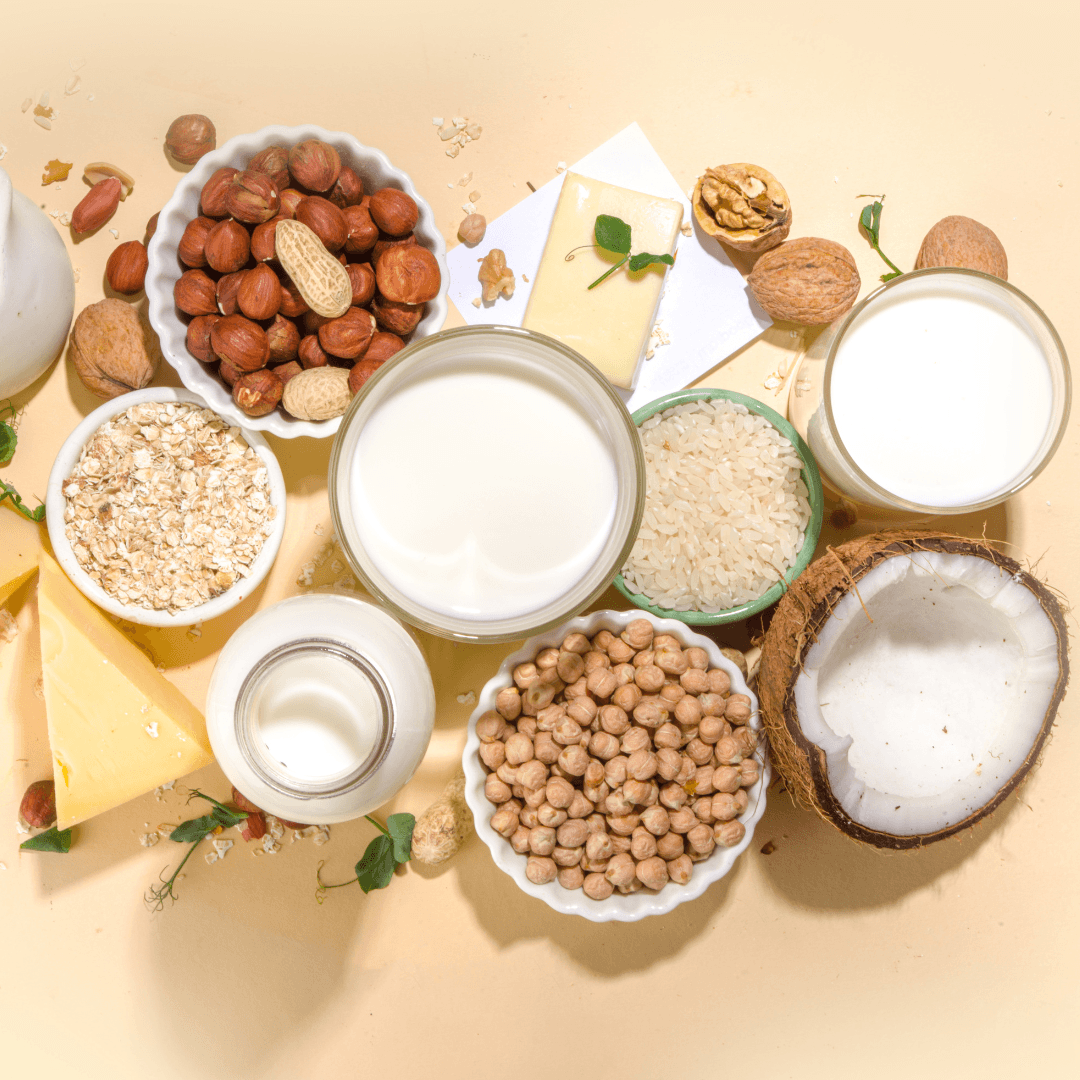
5. Explore Plant-Based Milk Alternatives
Venturing into plant-based milk alternatives opens up a world of culinary possibilities, enhancing both the sweetness and savouriness of dishes with a spectrum of flavours and textures.
With its subtle nuttiness, almond milk seamlessly integrates into desserts and savoury sauces, adding a light creaminess.
Soy milk, a versatile choice, brings a neutral base that complements various flavours, making it an excellent substitute in everything from coffee to creamy pasta dishes.
Coconut milk introduces a rich and tropical note, imparting a luxurious creaminess to curries and desserts.
With its slightly sweet and oaty profile, oat milk contributes a comforting element to breakfast bowls and baking recipes. Cashew milk, creamy and indulgent, lends itself well to creamy soups and decadent sauces.
The beauty of exploring plant-based milk alternatives lies in accommodating dietary preferences and discovering the unique characteristics each brings to a dish.
Their diverse profiles allow for creative experimentation, ensuring that sweet and savoury creations can be tailored to individual tastes.
Whether you're whipping up a dairy-free dessert or crafting a flavourful curry, plant-based milk alternatives serve as a versatile and delicious foundation, proving that the world of vegan cooking is as rich and varied as its dairy counterparts.
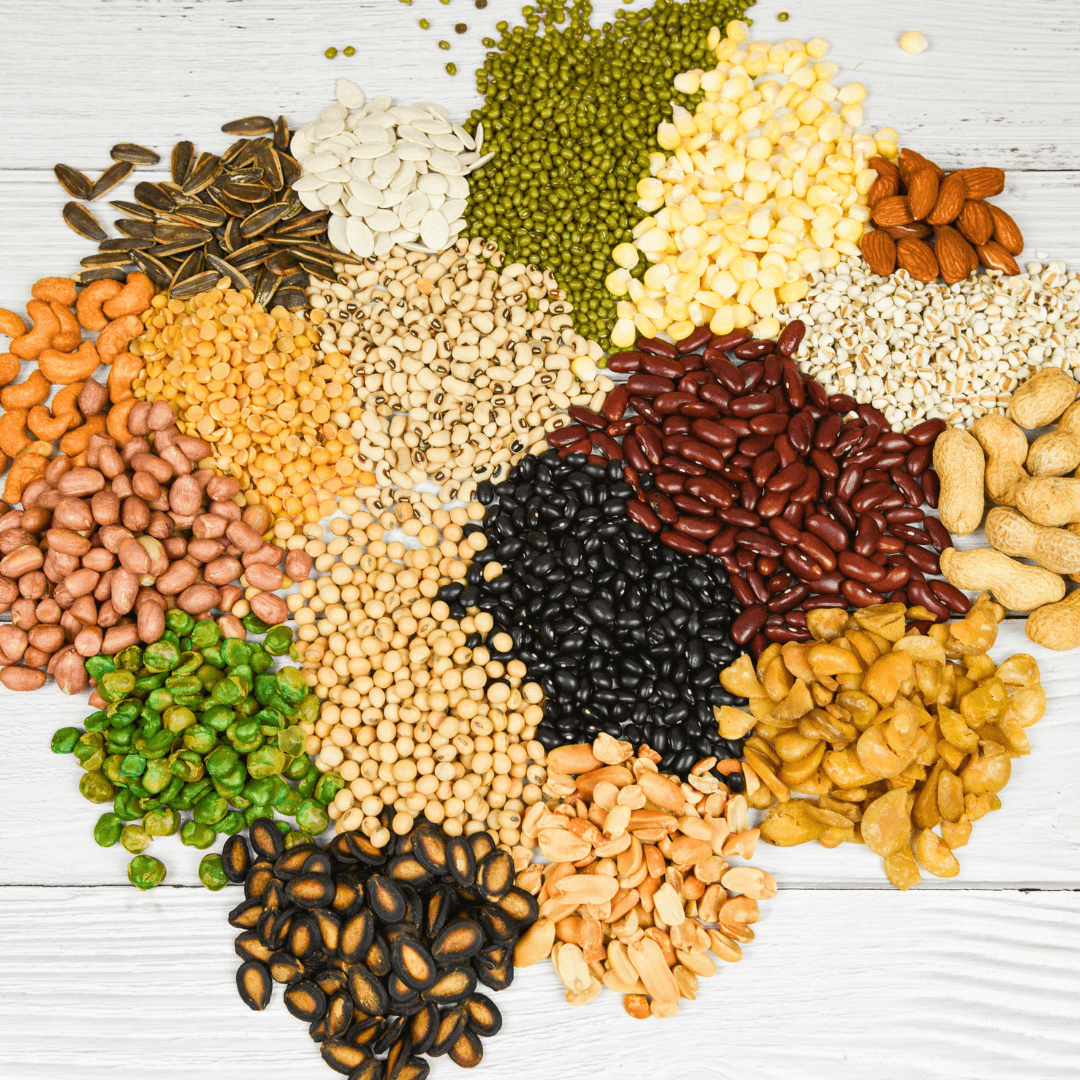
6. Learn To Cook Grains And Legumes Perfectly
Becoming adept at cooking grains and legumes to perfection is a fundamental skill that lays the groundwork for creating wholesome and satisfying vegan meals.
Mastery of cooking techniques for staples like quinoa, rice, lentils, and beans ensures optimal flavour and ideal textures that can elevate the overall dining experience.
The art lies in understanding the nuances of each ingredient—whether it's achieving the fluffy consistency of quinoa, the tender bite of perfectly cooked rice, or the ideal tenderness of lentils and beans.
One essential among the tips to cook vegan food is mastering the art of cooking grains and legumes to perfection, providing a versatile foundation for creating nutritionally balanced and delicious meals in various forms, from hearty grain bowls to flavourful soups and stews within the realm of plant-based cuisine.
Grains offer a substantial foundation, but legumes offer abundant protein and vital elements. From grain bowls and stir-fries to soups and stews, the foundation of well-cooked grains and legumes is essential for creating nutritionally balanced and delicious meals.
As a cornerstone of plant-based cuisine, mastering the cooking of these staples empowers individuals to create a diverse range of satisfying, healthful, and flavourful vegan dishes.
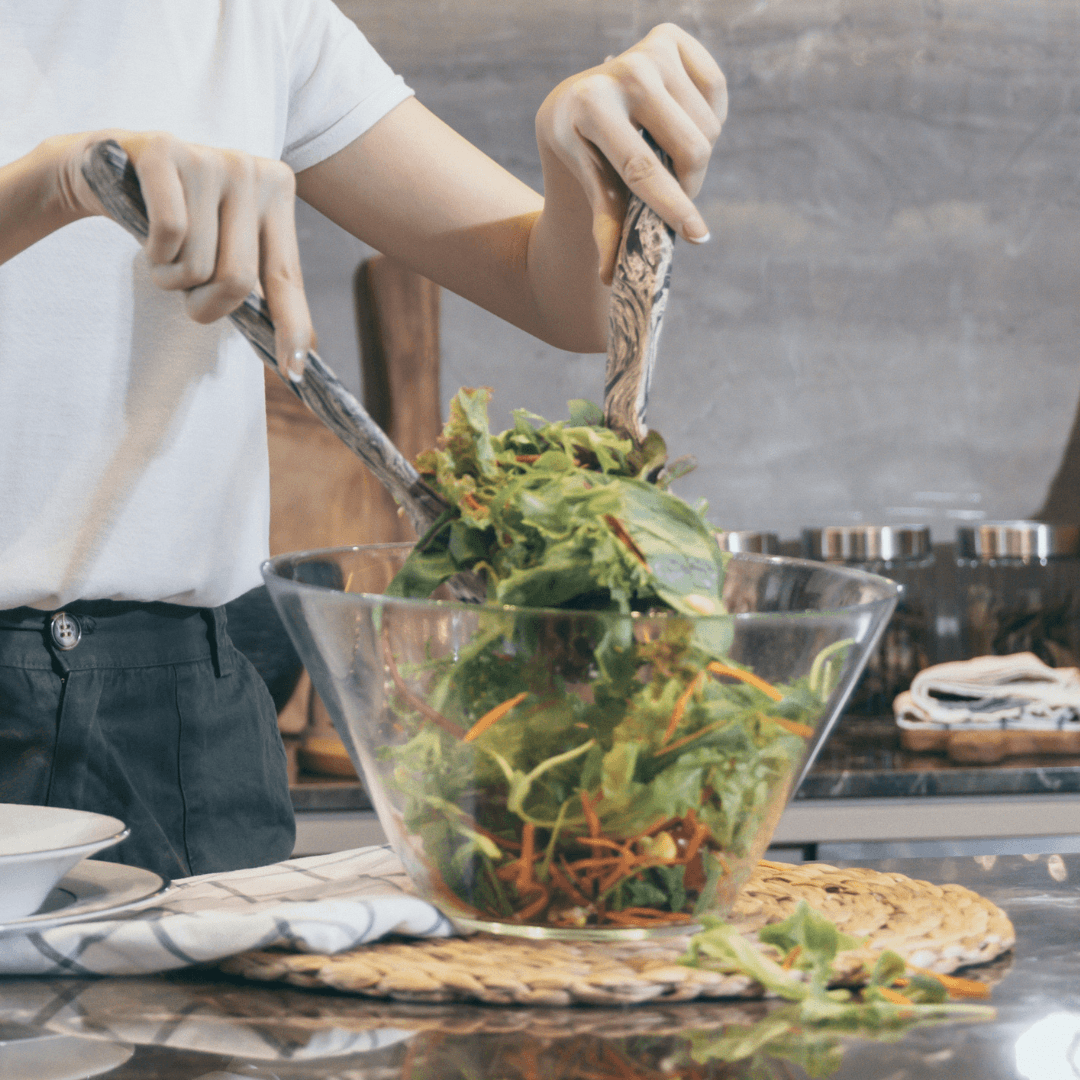
7. Get Creative With Salads
Unleashing creativity in salad-making is an art that transforms a simple dish into a symphony of colours, flavours, and textures.
A vibrant and satisfying salad becomes a culinary masterpiece by incorporating diverse elements.
For a cool basis, start with leafy greens like arugula, spinach, or kale that are crisp and full of nutrients.
Add bursts of colour with various vegetables— cherry tomatoes, bell peppers, carrots, and red onions—to create a visually appealing and nutrient-packed medley. Introduce a touch of sweetness with fresh fruits like strawberries, apples, or citrus segments, balancing the savoury notes.
Add nuts and seeds (almonds, walnuts, sunflower seeds, or pumpkin seeds) to the salad to improve its texture and nutritional value.
They add a nice crunch and a serving of healthy fats. Finally, tie it all together with a flavourful dressing, whether a zesty vinaigrette, a creamy tahini-based concoction, or a citrus-infused dressing.
This creative approach to salads provides a sensory delight. It ensures a well-rounded and nutritious meal tailored to personal preferences, making plant-based eating both delicious and visually appealing.
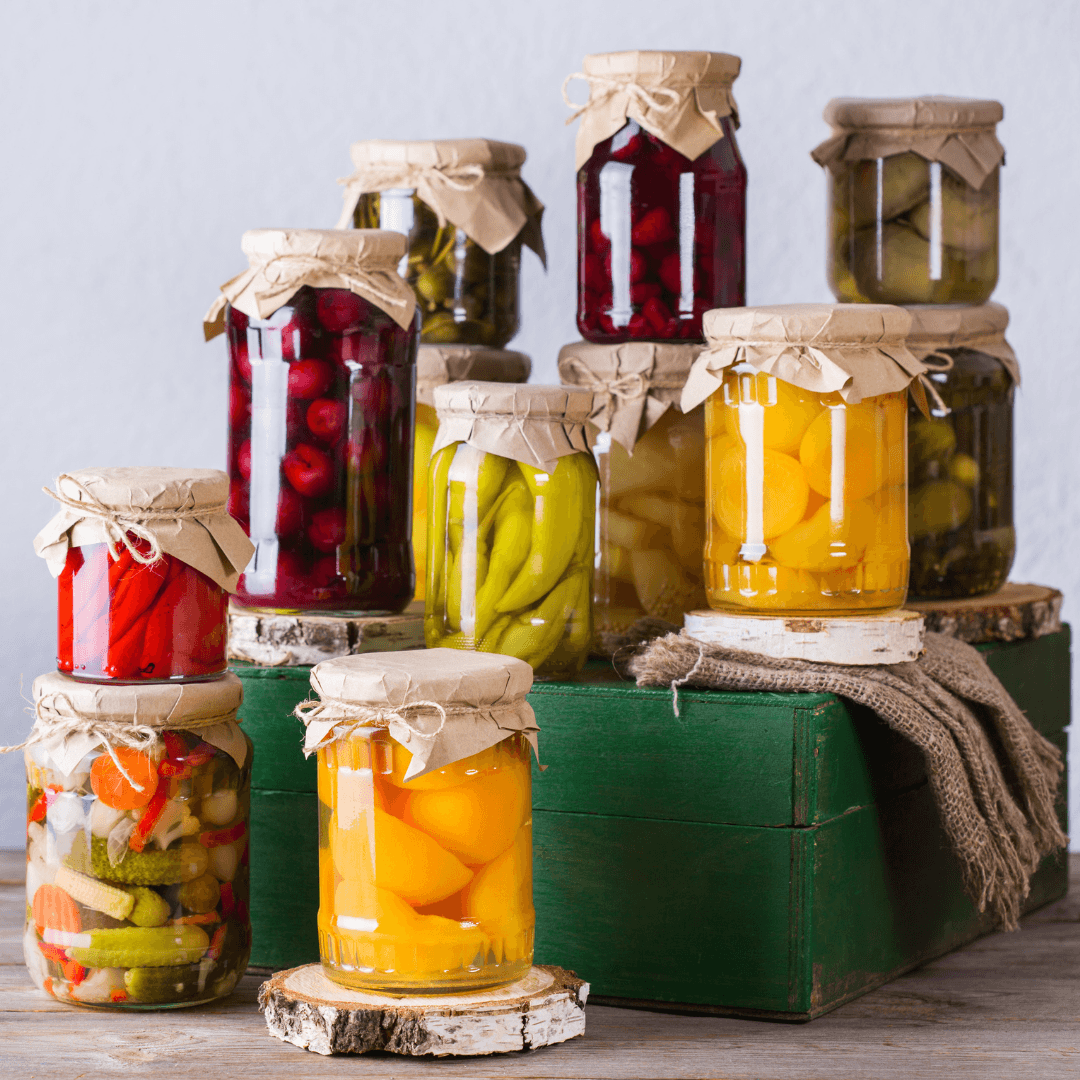
8. Embrace Fermented Foods
A valuable tip to enhance both the flavour and nutritional value of your vegan dishes is to embrace fermented foods such as sauerkraut, kimchi, and tempeh, introducing a layer of taste complexity beyond the ordinary while promoting a healthy digestive system through the incorporation of probiotics.
Embracing fermented foods is a culinary and nutritional journey that enriches the flavour of your meals and nurtures your gut health.
The inclusion of staples like sauerkraut, kimchi, and tempeh in your diet introduces a depth of taste and complexity that goes beyond the ordinary.
Sauerkraut, with its tangy and crunchy profile, is fermented cabbage that not only enhances the palate but also provides a dose of probiotics, supporting a healthy digestive system.
Kimchi, a staple in Korean cuisine, combines fermented vegetables with bold spices, contributing a spicy kick and beneficial bacteria for gut balance.
Tempeh, a fermented soy product, brings a nutty and earthy flavour, making it a versatile protein source while delivering probiotics for improved gut flora.
The fermentation process involved in these foods enhances their nutritional value by breaking down compounds that may hinder nutrient absorption, making them more bioavailable.
By incorporating these fermented delights into your diet, you not only elevate the taste of your meals but also promote a flourishing microbial community in your digestive system, contributing to overall well-being and digestive health.
It's a flavourful and health-conscious approach to plant-based eating that brings both culinary enjoyment and holistic wellness.
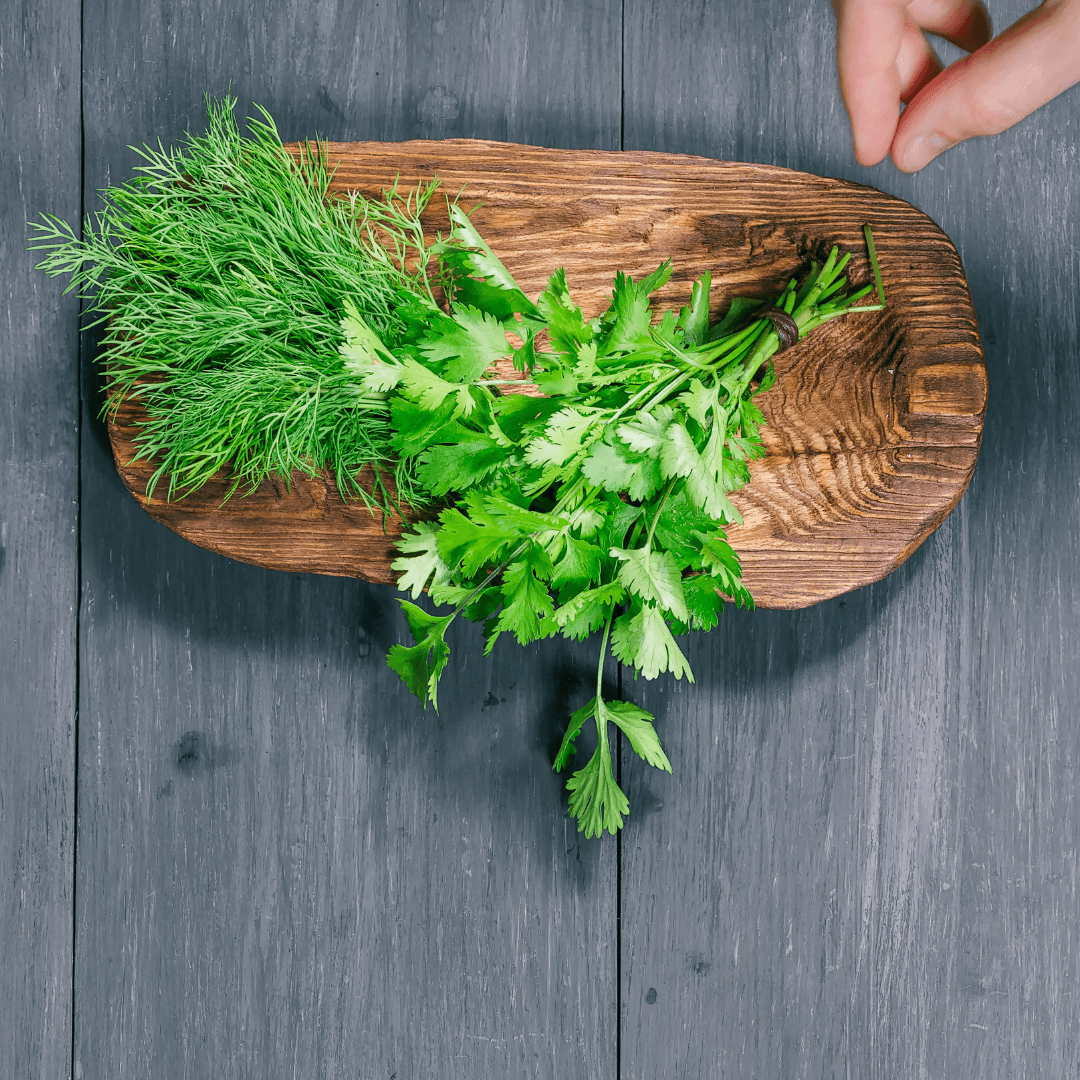
9. Use Fresh Herbs Liberally
Harnessing the vibrant essence of fresh herbs in your culinary endeavours is a secret that can transform any dish into a fragrant and flavourful masterpiece.
A key tip to enhance your vegan culinary creations is to use fresh herbs liberally, allowing the vibrant flavours of parsley, cilantro, basil, and dill to transform ordinary dishes into fragrant and flavourful masterpieces, elevating both the visual and sensory appeal within plant-based cooking.
With its bright and slightly peppery notes, Parsley adds a refreshing kick, while cilantro infuses a zesty and citrusy undertone that enlivens savoury and sweet dishes.
Basil imparts a delightful fragrance with its sweet and aromatic profile, enhancing the overall sensory experience.
With its feathery leaves and anise-like flavour, Dill brings a unique herbaceous quality, elevating salads, dips, and sauces.
An essential among the tips to cook vegan food is to liberally use fresh herbs, as they possess the remarkable ability to provide a burst of freshness, elevate flavour complexity, and transform ordinary dishes into culinary delights, underscoring the profound impact of nature's bounty on the art of plant-based cooking.
Their fragrant aromas not only tantalize the taste buds but also engage the senses, turning a simple meal into a culinary delight.
Don't be shy with these green wonders; their presence can turn a basic salad into a gourmet experience or a humble pasta dish into a fragrant and memorable feast.
Whether sprinkled over a dish just before serving or incorporated into the cooking process, fresh herbs stand as a testament to the simple yet profound impact that nature's bounty can have on the art of plant-based cooking.

10. Vegan Baking Tips
Vegan baking opens up a world of creativity and inclusivity in sweet treats, and experimenting with thoughtful substitutions is key to achieving delicious results.
Swap traditional eggs with alternatives like flaxseeds or chia seeds, which, when mixed with water, create a gel-like consistency that mimics the binding properties of eggs.
Applesauce and mashed bananas add natural sweetness and contribute moisture, making them excellent egg replacements in certain recipes.
Additionally, exploring plant-based butter alternatives and non-dairy milk options, such as almond, soy, or oat milk, ensures a fully vegan baked good without compromising taste or texture.
These substitutions cater to those following a vegan lifestyle and offer a healthier twist to conventional baking.
The varied flavours and textures imparted by these plant-based alternatives contribute to a diverse array of baked goods, from cookies and cakes to muffins and brownies.
Vegan baking is a testament to the adaptability and innovation within the culinary world, proving that with a bit of experimentation, plant-based ingredients can yield desserts that are not only compassionate but also irresistibly delectable.
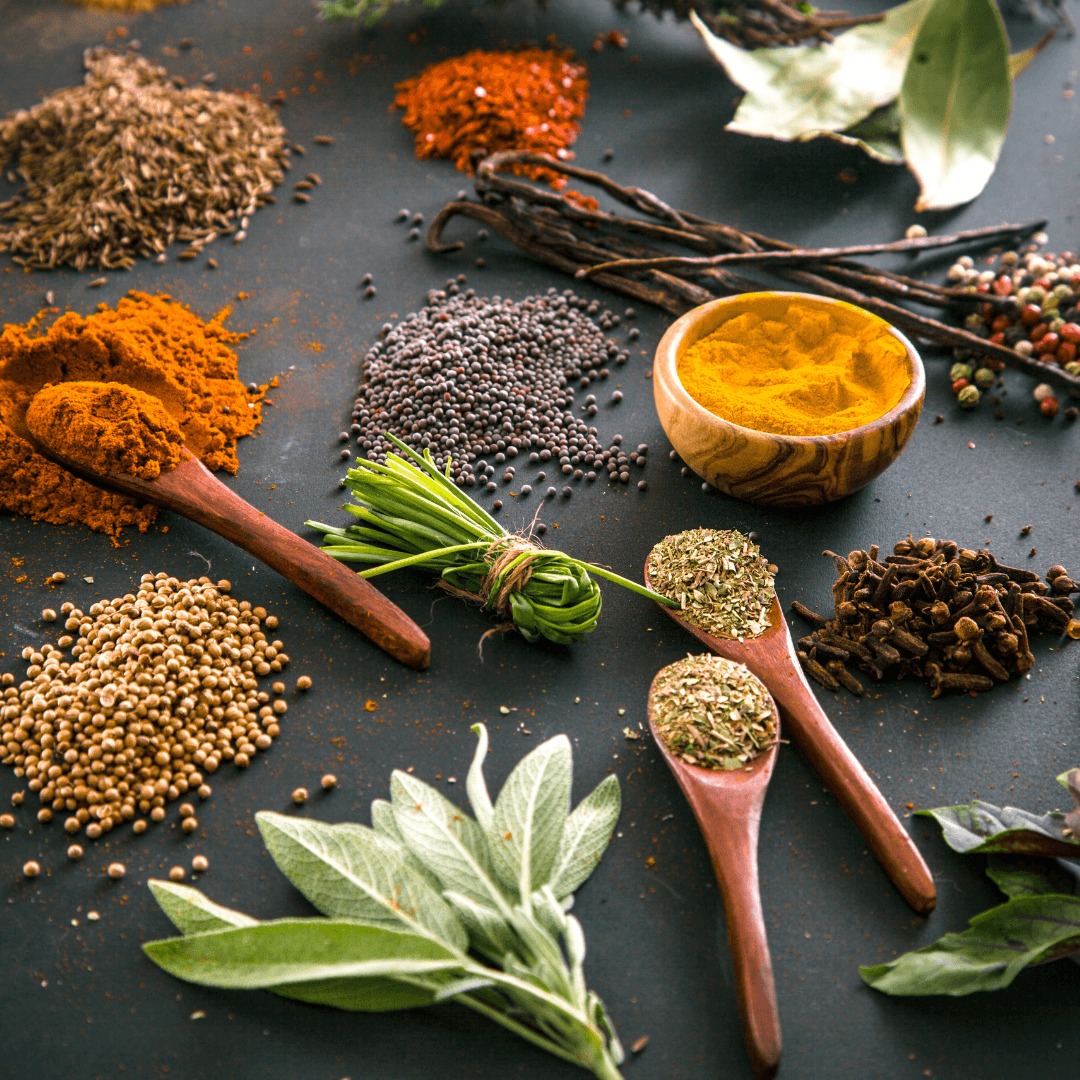
11. Mindful Seasoning
Mindful seasoning is a culinary approach that emphasizes the art of gradually enhancing the flavours of a dish through careful and intentional seasoning, ensuring a harmonious and well-balanced result.
Rather than relying on a heavy-handed approach, the practice involves adding spices, herbs, and salts in small increments, allowing the cook to taste and assess the evolving flavour profile throughout the cooking process.
This method not only prevents the risk of over-seasoning, which can overpower the natural taste of ingredients, but it also provides an opportunity to fine-tune and adjust the seasoning to achieve the desired taste.
By tasting as you go, you develop a heightened sensitivity to flavour nuances and can make informed decisions about when to add more or when to stop.
This mindful approach is particularly crucial in vegan cooking, where the emphasis is on showcasing the inherent tastes of plant-based ingredients.
Whether preparing a savoury stew, a vibrant stir-fry, or a delicate salad, seasoning mindfully allows for a more intuitive and thoughtful culinary experience, resulting in dishes that are not only delicious but also reflect a conscious and considered approach to flavour enhancement.
Conclusion
In conclusion, cooking vegan food is a delightful and creative journey that opens up a world of possibilities in the culinary realm.
Armed with diverse plant-based ingredients, one can craft flavourful, nutritious, and satisfying meals catering to taste buds and ethical considerations.
The encouragement to make homemade sauces, explore international cuisines, and utilize fresh herbs liberally underscores the versatility and excitement inherent in vegan cooking.
For both seasoned chefs and kitchen novices alike, these tips for cooking vegan food provide a guiding roadmap, ensuring the creation of nutritionally balanced and delightful plant-based meals that contribute to a flavourful and rewarding journey toward compassionate and sustainable eating in the evolving landscape of veganism.
As veganism continues to evolve as a lifestyle choice, these cooking insights empower individuals to embark on a flavourful and fulfilling journey toward compassionate and sustainable eating. The possibilities are vast in vegan cooking, and the adventure is as delicious as it is rewarding.
I trust you enjoyed reading the Best Tips To Cook Vegan article. Would you please stay tuned? There are more blog posts to come very shortly.
JeannetteZ
>>>Please click here to read my Vegan Travel Guides To World Destinations<<<
>>>Want To Learn How To Create Delicious, Cruelty-Free, Healthy AND 100% Vegan Meals? Try These Awesome Vegan Cooking Courses With A Free 7-DAY MEMBERSHIP<<<
Your Opinion Is Important To Me
Ideas? Thoughts? Questions? I would love to hear from you. Please leave me your questions, experiences and remarks about the Best Tips To Cook Vegan in the comments section below. You can also reach me by email at Jeannette@LivingTheVeganLifestyle.org.
>>>Please click here to read more about Veganism on Wikipedia<<<
Disclosure
This post may contain affiliate links. I earn from qualifying purchases as an Amazon Associate and other affiliate programs. Please read my full disclosure.
You might also enjoy these blog posts:
Nourishing Your Body With Vitamin D-Rich Vegan Foods
All Types Of Vegetarians – An Easy Guide

